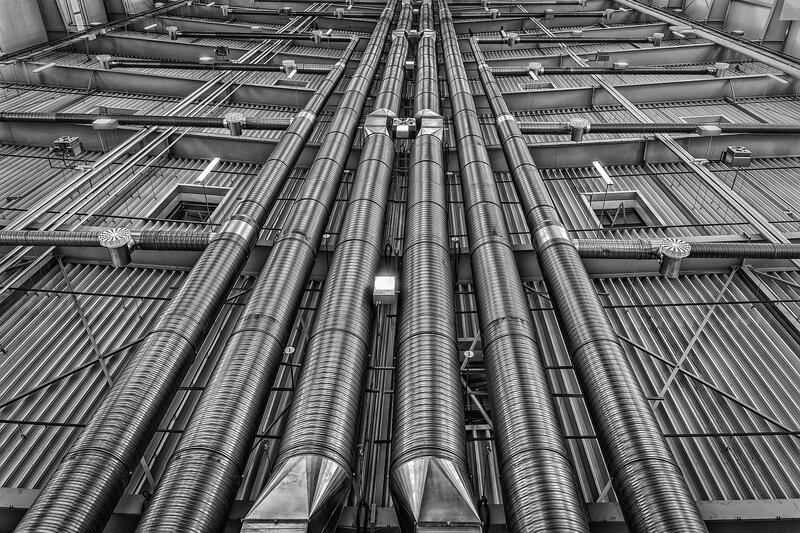A Comprehensive Guide to Decarbonizing Steam and air conditioning supply
This article outlines practical steps for reducing carbon emissions from steam and air conditioning systems, including energy-efficient upgrades and renewable energy sources.

What is Decarbonisation in the Steam and Air Conditioning Supply Sector and Why is it Important?
Decarbonisation is the process of reducing or eliminating carbon emissions from various sectors, including the steam and air conditioning supply sector. This is important because carbon emissions are the primary cause of climate change, which has significant negative impacts on the environment, human health, and the economy. The steam and air conditioning supply sector is responsible for a significant amount of carbon emissions, making it a key target for decarbonisation efforts.
The Main Sources of Carbon Emissions in the Steam and Air Conditioning Supply Sector
The main sources of carbon emissions in the steam and air conditioning supply sector include the burning of fossil fuels, such as coal, oil, and natural gas, to generate heat and electricity. This is particularly true for older buildings that rely on steam boilers for heating. Additionally, the use of refrigerants in air conditioning systems can also contribute to carbon emissions, as many refrigerants are potent greenhouse gases.
How Can We Reduce Carbon Emissions in the Steam and Air Conditioning Supply Sector?
There are several ways to reduce carbon emissions in the steam and air conditioning supply sector. One of the most effective ways is to transition to renewable energy sources, such as solar, wind, and geothermal energy, to generate heat and electricity. This can be done by installing solar panels, wind turbines, and geothermal heat pumps on buildings. Additionally, upgrading to more efficient heating and cooling systems, such as heat pumps and district heating systems, can also reduce carbon emissions. Finally, reducing energy consumption through energy efficiency measures, such as insulation and weatherization, can also help to reduce carbon emissions.
The Challenges Facing Decarbonisation in the Steam and Air Conditioning Supply Sector
There are several challenges facing decarbonisation in the steam and air conditioning supply sector. One of the biggest challenges is the cost of transitioning to renewable energy sources and more efficient heating and cooling systems. While these investments can save money in the long run, they often require significant upfront costs that may be difficult for building owners and operators to bear. Additionally, the lack of regulatory support for decarbonisation can make it difficult to incentivize building owners and operators to invest in these technologies. Finally, the complexity of the steam and air conditioning supply sector, with its many different types of buildings and heating and cooling systems, can make it difficult to implement a one-size-fits-all decarbonisation strategy.
The Implications of Decarbonisation for the Steam and Air Conditioning Supply Sector
Decarbonisation has significant implications for the steam and air conditioning supply sector. One of the biggest implications is the need for new business models and revenue streams. As buildings transition to renewable energy sources and more efficient heating and cooling systems, traditional revenue streams, such as fuel sales, may decline. This will require building owners and operators to find new ways to generate revenue, such as through energy services or demand response programs. Additionally, decarbonisation will require significant investments in new technologies, which will create new opportunities for innovation and job creation in the sector.
In conclusion, decarbonisation is an important process for reducing carbon emissions in the steam and air conditioning supply sector. While there are many challenges facing decarbonisation, there are also many opportunities for innovation and job creation. By transitioning to renewable energy sources, upgrading to more efficient heating and cooling systems, and reducing energy consumption through energy efficiency measures, we can reduce carbon emissions in this sector and help to mitigate the impacts of climate change.